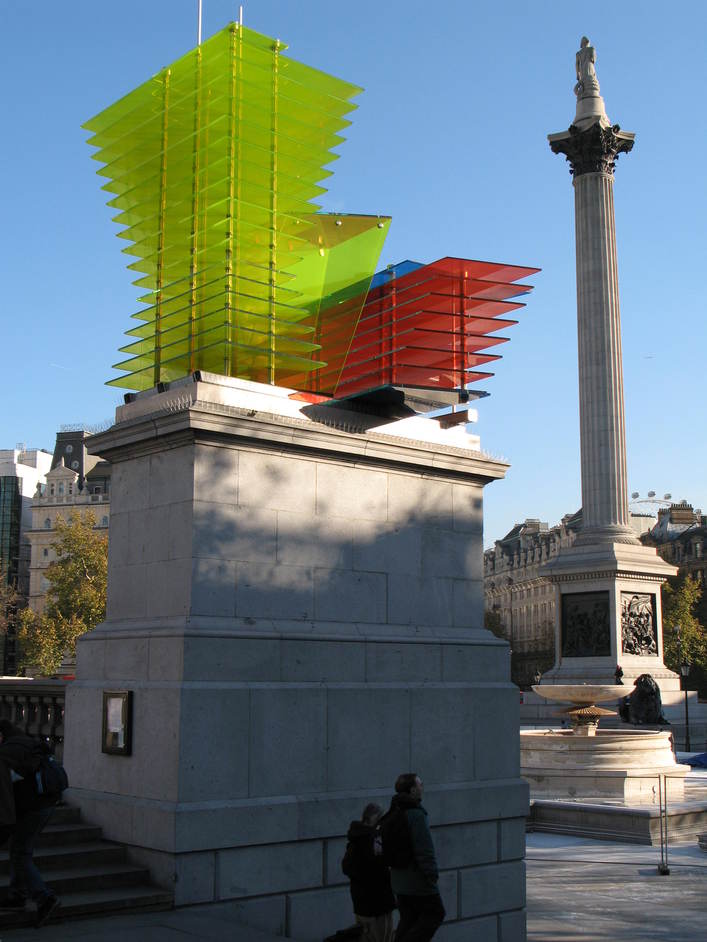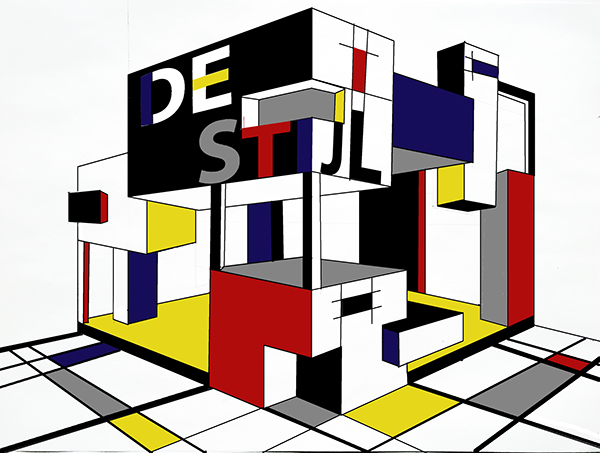 Egon Schiele
Egon Schiele
Egon Schiele was an Austrian painter who was born on June 12, 1890 but died on October 31, 1918. With Egon being a protégé of Gustav Klimt, he is said to have been a major figurative painter of the early 20th century.
Egon's work is well known for its intensity and many of his self-portraits portrayed this (works which included naked self-portraits). The characteristics that were in Egons's works such as, the twisted body shapes and the expressive lines allowed him to be seen as a representative of Expressionism.
Egon's passion for drawing started early on within his life, around when he was 11. He started off drawing trains due to the fatct that he was very intrigued by them. Also, its said that when he was young, he showed incestuous tendencies towards his younger sister which added to the list of reasons that people had to look at him strangely.
World War 1 was a time period that also affected the way Egon's works turned out. During the war, Egon was appointed to escort Russian prisoners and was eventually given a job as a clerk where he took this opportunity to draw and paint imprisoned Russian officers and his commander.During the war, Egon's paintings became larger and more detailed. Egon's final works included a few sketches of Edith (his wife); His later works also included portraits of his wife before she fell ill and while she was dying.
Examples of Egon's nude works:








Female nudes seemed to be Egon's main output and from 1915, his female nudes appeared to have become fuller in figure but a lot of them were purposely drawn or painted with a doll-like appearance. Some of these nudes can also be seen in masturbatory poses.
Some people view Egon's work as erotic, pornographic, perverted, or disturbing but I applaud this artist because he was able to continue his work and not care about the opinion of others. This allowed the artist to show his full potential by drawing and painting what he loved the most, which seemed to have been nude women. His works were not only of nude women, he also painted and drew nude couples and portraits of others as well as himself which helped him contradict the ideas of the critiques.




